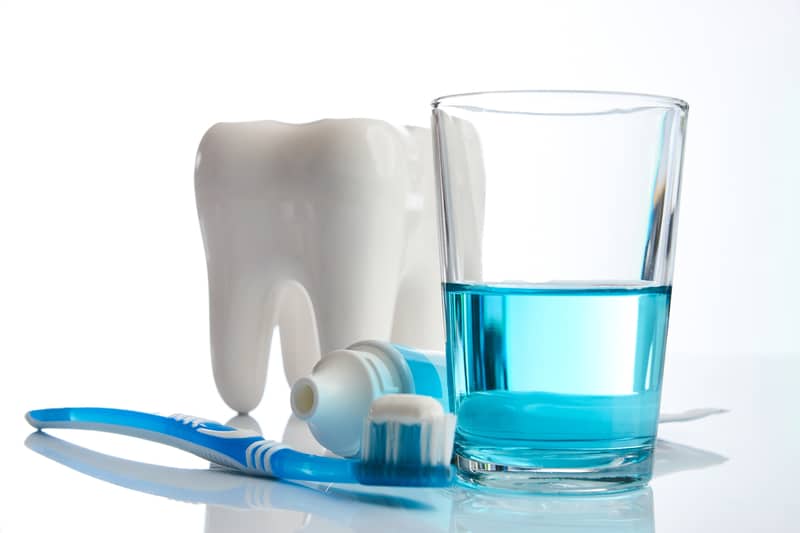Toothpaste is a cornerstone of oral hygiene, essential for maintaining healthy teeth and gums. With a plethora of options available in the market, choosing the best toothpaste for your dental health can be overwhelming. In this comprehensive article, we will explore the factors to consider when selecting toothpaste, ingredients to look for, specific dental needs, and tips to make an informed decision for optimal oral care.
Understanding Toothpaste and Its Purpose
Toothpaste’s Role:
Toothpaste serves multiple purposes, including cleaning and polishing teeth, freshening breath, preventing tooth decay, reducing sensitivity, and controlling tartar and gum disease. Selecting the right toothpaste that aligns with your dental needs is crucial for maintaining oral health.
Key Components:
Toothpaste generally contains a combination of abrasives, fluoride, detergents, flavoring agents, and humectants. These components work together to clean, protect, and maintain oral hygiene.
Factors to Consider When Choosing Toothpaste
Dental Needs:
Consider your specific dental needs, such as sensitivity, cavities, gum health, or whitening. Different toothpaste variants are formulated to address these concerns.
Age and Family Members:
Select toothpaste suitable for the age group in your household, whether for children, adults, or seniors. Children often require fluoride-free toothpaste until they can spit effectively.
Ingredient Sensitivities:
Be mindful of any allergies or sensitivities to certain ingredients, such as gluten or specific flavors, when choosing a toothpaste.
ADA Approval:
Ensure that the toothpaste you choose carries the American Dental Association (ADA) seal of approval, indicating it meets strict criteria for safety and effectiveness.
Essential Ingredients to Look For
Fluoride:
Fluoride is a key ingredient that helps prevent tooth decay by strengthening tooth enamel and making it more resistant to acids and bacteria.
Abrasives:
Abrasives in toothpaste help in removing plaque, surface stains, and food particles from the teeth. Common abrasives include calcium carbonate and hydrated silica.
Antimicrobial Agents:
Some toothpaste variants contain antimicrobial agents like triclosan or stannous fluoride that can help control bacteria and gingivitis.
Desensitizing Agents:
Toothpaste for sensitive teeth typically includes ingredients like potassium nitrate or strontium chloride, which help reduce sensitivity by blocking pain signals.
Addressing Specific Dental Needs
Sensitive Teeth:
Choose a toothpaste specifically designed for sensitive teeth to help alleviate discomfort caused by hot or cold food and beverages.
Whitening:
For teeth whitening, opt for toothpaste with mild abrasives or ingredients like hydrogen peroxide that help remove surface stains.
Gum Health:
Select a toothpaste formulated to promote gum health, which often contains ingredients that help reduce gum inflammation and fight plaque.
Tips for Making an Informed Choice
Consult Your Dentist:
Seek recommendations from your dentist based on your specific dental needs and any ongoing dental conditions.
Read Labels Carefully:
Thoroughly read the toothpaste label to understand its ingredients, intended use, and ADA approval.
Experiment and Adjust:
Don’t hesitate to try different toothpaste variants to find the one that suits you best. Be open to adjusting based on your experience.
Conclusion
Choosing the best toothpaste for your dental health is a vital step in maintaining optimal oral hygiene. Consider your dental needs, age, ingredient sensitivities, and the ADA seal of approval when making a selection. Prioritize good oral hygiene and select a toothpaste that aligns with your unique requirements to enjoy a healthy smile and excellent dental health. Remember, regular brushing and a well-chosen toothpaste are key components of a winning dental care routine.
